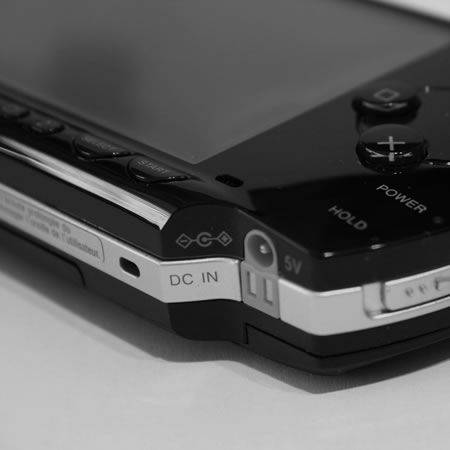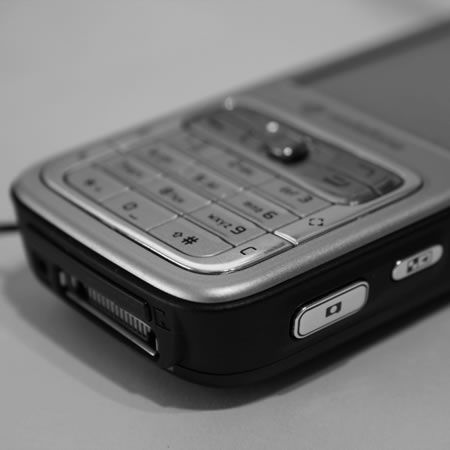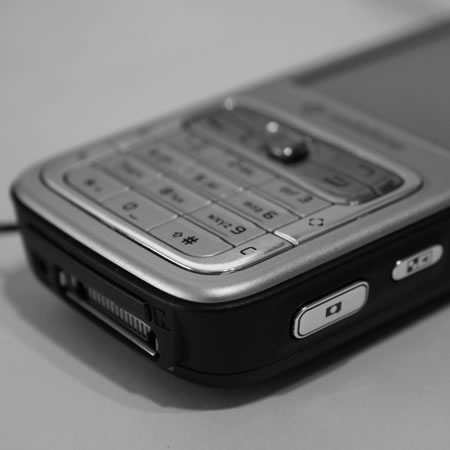After the success of the iPhone as a gaming platform, to me it made perfect sense that the PSP be given a phone capability. Sony’s PSP has been reasonably successful as a gaming platform, but add a phone into the mix, add the Sony PlayStation branding and we might have seen an interesting phone.
Mobile Magazine reports that due to internal disagreements, it is looking like that there will now not be a Sony PSP phone.
Sony Ericsson was planning a PSP phone but has been refused the brand
Sony is understood to have refused to allow Sony Ericsson the use of its PlayStation brand, after the handset manufacturer presented a pitch to the board late last year.
Sony Ericsson was planning to develop a PSP phone to capitalise on the growing success of the gaming sector, and after the success of Cyber-shot and Walkman handsets.
Sources said the refusal to sanction the brand on the handsets in December has prompted a fallout between Sony and the mobile phone joint venture.
A PSP with phone capabilities would have been a device I think many of our younger learners would have purchased and used.
The PSP has certainly been working for us as a mobile device for learning especially when using the camera. We are thinking of getting the GPS module for them and hopefully we can find a roughened case for the device so we can use it in the field (literally in a field up a mountain).

As a footnote, nice to see Wired reporting on the Mobile Magazine story using my photograph of the PSP.





